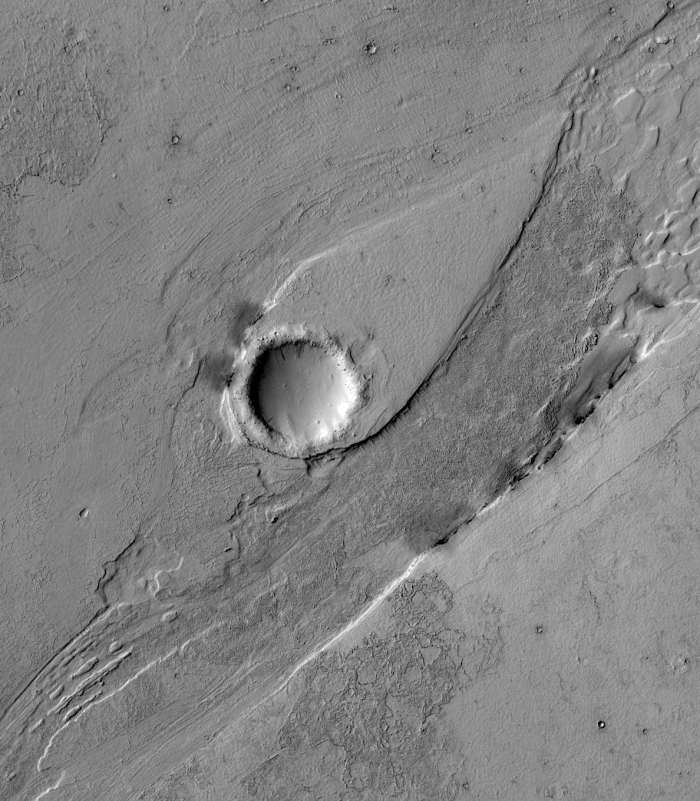A new inspector general report of NASA’s Orion has found that the program still faces significant budget and technical problems in meeting the planned August 2021 launch date for its first manned mission.
The report makes it clear that this launch will almost certainly be delayed until 2023, meaning that from the date President George Bush proposed Orion in 2004, it will have taken NASA a full two decades to launch the first manned Orion capsule.
Let me repeat that: Two decades to build and launch a single manned mission. Does anyone see something wrong here?
As for what will happen after that first flight, the report itself [pdf] makes it pretty clear that not much is likely. From page 11:
For Orion missions after 2023, NASA has adopted an incremental development approach. According to the Program Plan, the approach is cost-driven and will provide a core vehicle the Agency can upgrade to provide additional capabilities for missions beyond cis-lunar space. Each incremental upgrade will build on flight experience to ensure the vehicle’s design is based on viable technology and capabilities. Consistent with this incremental approach, NASA has not committed to specific missions after 2023 and therefore has not developed detailed plans, requirements, or costs for such missions. According to NASA officials, the Agency will instead focus on building capabilities through defined roadmaps that identify technology development paths and capability requirements for deep space exploration missions. Officials explained the Agency will fund basic research, pursue development of the technologies that appear most viable, and build capabilities based on available funding. Missions will be selected based on the progress and maturity of the developed technology.
A translation of this gobbly-gook into plain English can be summed up as follows: Congress has given us no money for future missions, so we can’t plan anything.
Considering the cost and the ungodly amount of time it took NASA to get to this one flight, and considering how badly this record compares with the numerous flights that private commercial space will achieve prior to this single flight, don’t expect Congress to fork up more money after 2023. SLS and Orion are going to die. Unfortunately, their slow death will have cost the American taxpayer billions of wasted dollars that NASA could have been better spent on other things.

